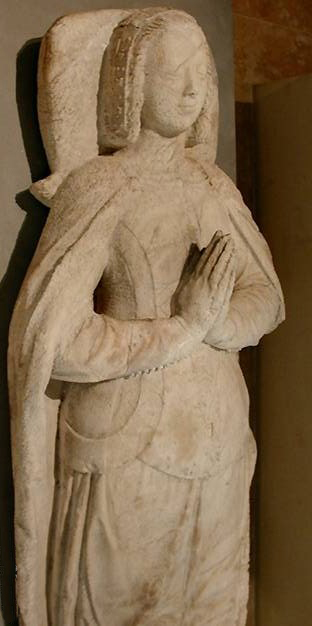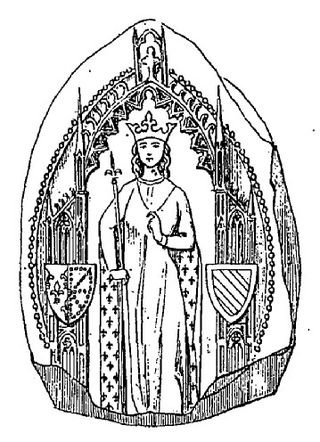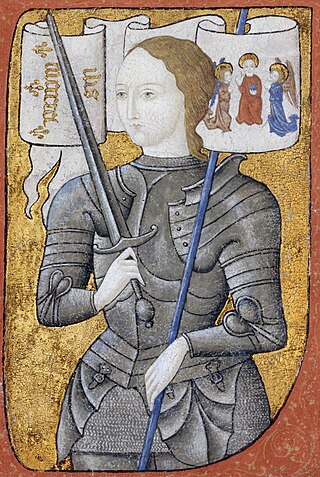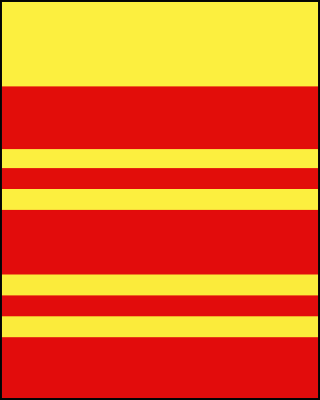Joan the Lame may refer to:
- Joan of Penthièvre, Duchess of Brittany
- Joan of Burgundy, Queen of France
- Joan of France, Duchess of Berry, Queen of France
Joan the Lame may refer to:
Saint Joan may refer to:

Joan of Penthièvre, sometimes called Joan the Lame, reigned as Duchess of Brittany together with her husband, Charles of Blois, between 1341 and 1364. Her ducal claims were contested by the House of Montfort, which prevailed only after an extensive civil war, the War of the Breton Succession. After the war, Joan remained titular Duchess of Brittany to her death. She was Countess of Penthièvre in her own right throughout her life.

Margaret of Burgundy was Queen of France and Navarre as the first wife of King Louis X; however, she was locked in prison during her whole French queenship.

Joan is both a feminine form of the personal name John given to females in the Anglosphere; and the native masculine form of John in the Catalan-Valencian and Occitan languages. In both cases, the name is derived from the Greek via the Latin Ioannes and Ioanna, and is thus cognate with John and related to its many forms, including its derived feminine forms.
Margaret of Burgundy may refer to:

In the 11th and 12th centuries the Countship of Penthièvre in Brittany belonged to a branch of the sovereign House of Brittany. It initially belonged to the House of Rennes. Alan III, Duke of Brittany, gave it to his brother Eudes in 1035, and his descendants formed a cadet branch of the ducal house.
Suo jure is a Latin phrase, used in English to mean 'in his own right' or 'in her own right'. In most nobility-related contexts, it means 'in her own right', since in those situations the phrase is normally used of women; in practice, especially in England, a man rarely derives any style or title from his wife although this is seen in other countries when a woman is the last heir of her line. It can be used for a male when such male was initially a 'co-lord' with his father or other family member and upon the death of such family member became the sole ruler or holder of the title "in his own right" (alone).

Joan of Burgundy, also known as Joan the Lame, was Queen of France as the first wife of King Philip VI. Joan ruled as regent while her husband fought on military campaigns during the Hundred Years' War during the years 1340, 1345–1346 and 1347. Her son John succeeded as king in 1350. She is the matriarch of the House of Valois, which ruled France from the beginning of her husband's reign in 1328 until 1589.

Joan III of Burgundy, also known as Joan of France was a reigning Countess of Burgundy and Artois in 1330–1347. She was also Duchess of Burgundy by marriage to Odo IV, Duke of Burgundy.
Jeanne or Joan of France may refer to:
Joan of Burgundy, or variants, may refer to:
Joan of Valois may be:
Countess of Richmond is a title that was given to the wife of the Earl of Richmond. Women who have held the title include:
Isabella of France, was the daughter of Philip IV of France and Joan I of Navarre, queen consort of Edward II of England and mother of Edward III of England.
Blanche of France may refer to:
Events from the year 1435 in France
Queen Joan may refer to:
Joan, Duchess of Brittany may refer to:
Joan of Burgundy, Queen of France may refer to: